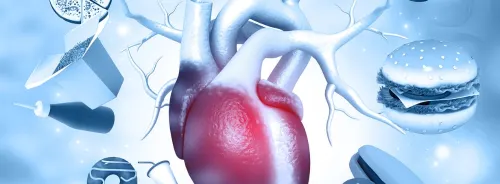Heart failure remains a significant burden for patients due to its high prevalence and limited treatment options. Clinically, it is categorised into two major subtypes: heart failure with preserved ejection fraction (HFpEF) and heart failure with reduced ejection fraction (HFrEF). While substantial progress has been made in developing therapies for HFrEF, the risk of complications and mortality remains high. Moreover, many treatments that benefit HFrEF patients have not shown similar effectiveness in HFpEF, underscoring the urgent need for targeted therapies for both subtypes.
In a recent study, researchers analysed a large genetic dataset and employed a multi-omics approach to identify 58 novel drug targets for both HFpEF and HFrEF. These findings offer promising new directions for developing effective treatments tailored to each subtype of heart failure.
The study utilised genetic data from 55,378 patients with HFpEF and HFrEF enrolled in the Veterans Affairs (VA) Million Veteran Program (MVP). By integrating transcriptomic and proteomic data, they analysed over 15,000 genes to identify those with causal relevance to heart failure.
For each gene identified as a potential therapeutic target, they assessed additional biological evidence to strengthen the causal link between the corresponding protein and heart failure subtype. To ensure robustness, they validated their findings using a multi-ancestry genetics dataset of 175,000 individuals of African American, Hispanic, and European descent and replicated results using an independent proteomics platform.
The analysis identified 70 genes associated with HFrEF and 10 genes associated with HFpEF. Notably, the identified drug targets for HFpEF and HFrEF did not overlap, emphasising the need for subtype-specific therapeutic strategies.
Among the genes discovered, several show strong potential for novel drug development, while others may be viable candidates for drug repurposing. These findings open new avenues for improving heart failure treatment by expanding therapeutic options for both patient groups.
This research highlights exciting opportunities for both drug development and repurposing. By identifying genes as potential therapeutic targets for HFpEF and HFrEF, these findings provide a foundation for developing novel, more precise treatment strategies for these conditions.
Further experimental studies are necessary to explore the biological mechanisms underlying these targets, particularly those with limited prior evidence. Such investigations will be crucial in validating their therapeutic potential and advancing them toward clinical application.
Source: Mass General Brigham
Image Credit: iStock










